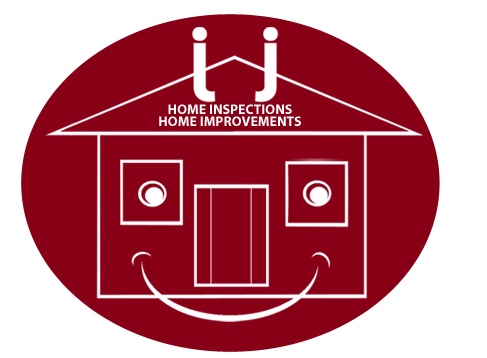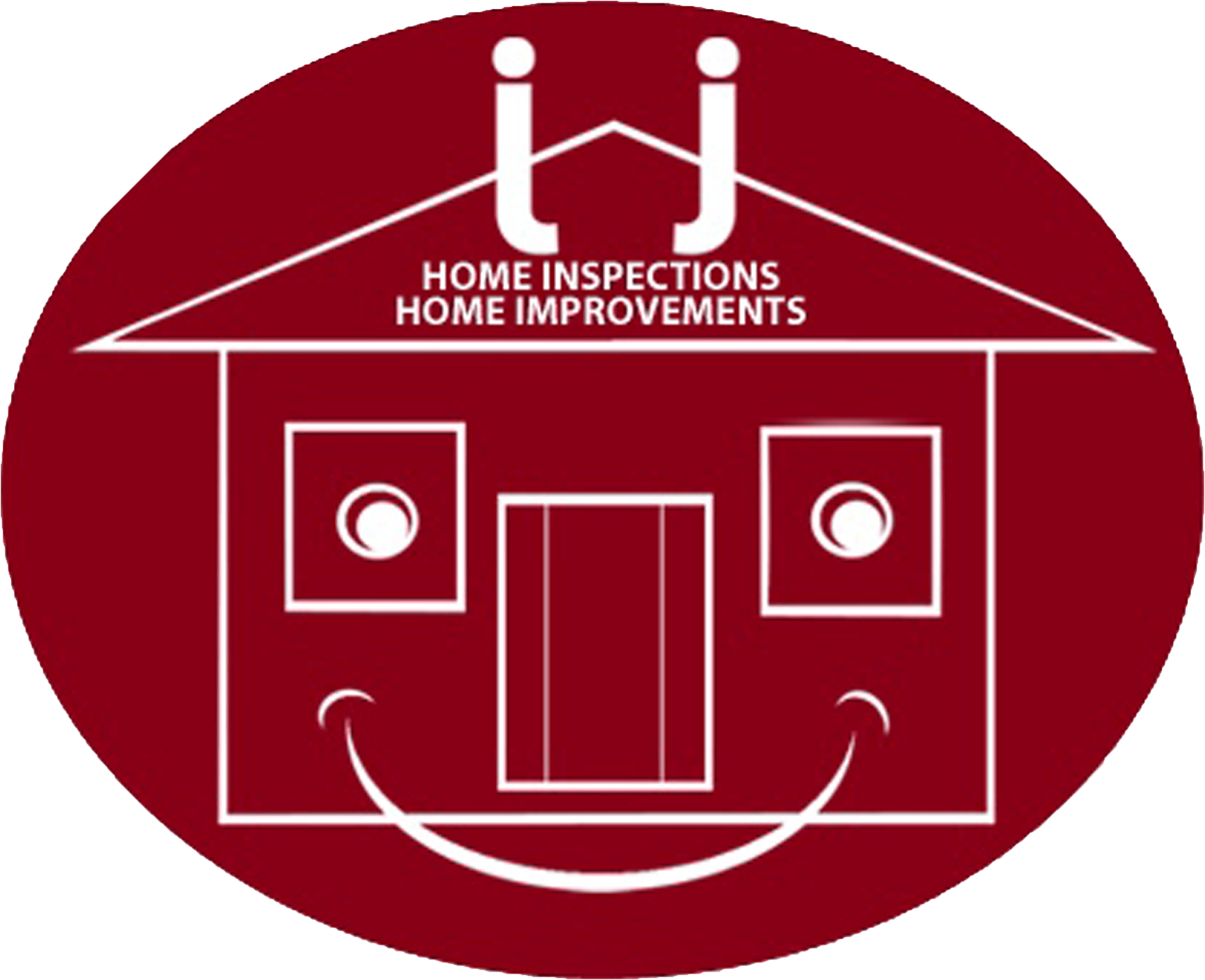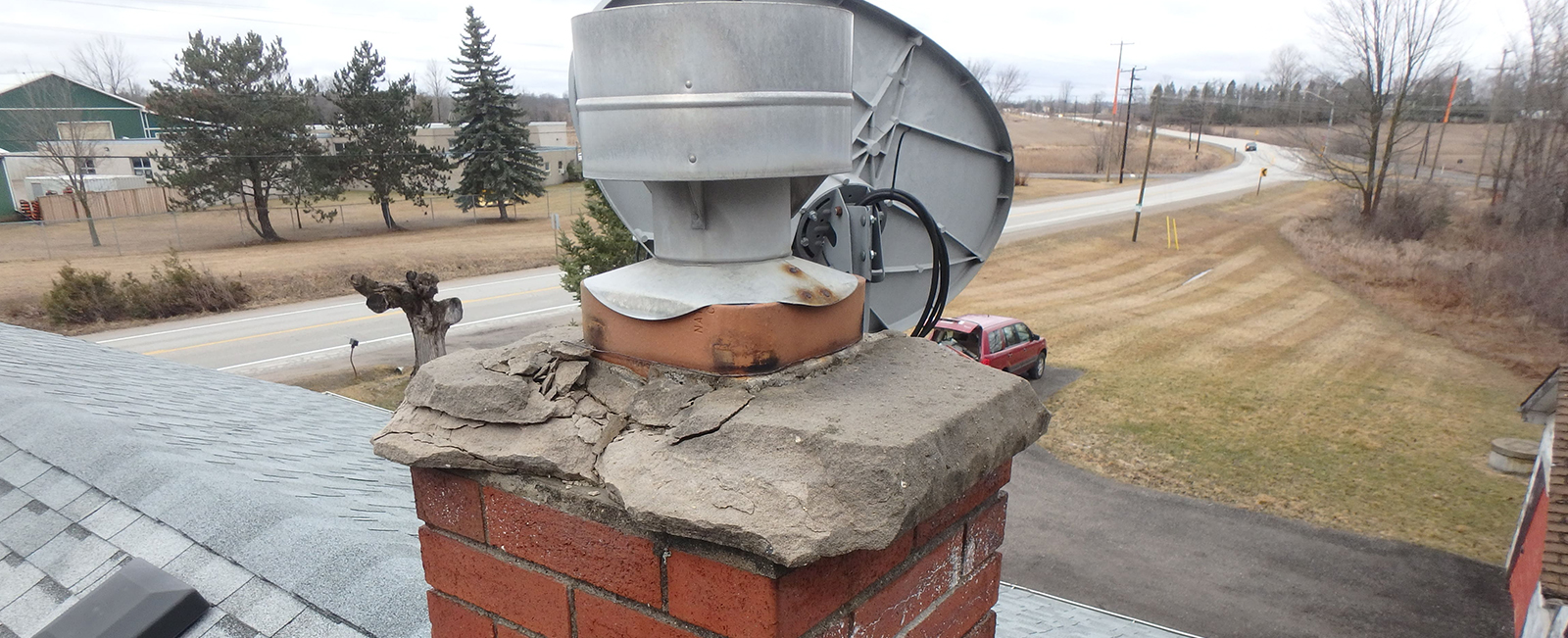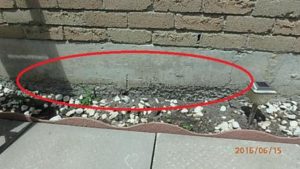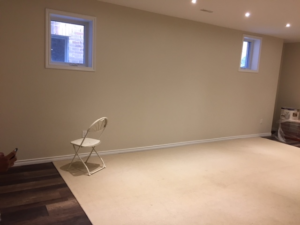Your Trusted Home Services in Newmarket, Holland Landing, & GTA, Canada
JJ HOME INSPECTIONS: Certified Home Inspectors
At JJ Home Inspections, our goal is to guarantee your home is safe, comfortable, and in top condition. As your local experts in Newmarket, Holland Landing, and the Greater Toronto Area (GTA), Canada, we offer a range of home services designed to meet all your needs. From thorough home inspections to expert renovations, we’re here to help you protect and enhance your most valuable asset.
Your search for “best home services near me” in Newmarket, Holland Landing, or the Greater Toronto Area (GTA), Canada, is over.
JJ Home Inspection and Renovation: Top Home Services

A home inspection by a qualified home inspector provides a great deal of value to the buyers by helping them know the conditions of the property and by educating them on maintenance and taking preventive measures to prevent costly repairs or replacements in the future.
Other than inspecting the home condition, a future homeowner should know, for example, where the main water or gas shut-off valves are located. They should learn how to shut off the gas line to the furnace immediately in case of gas leaks, but if there is no valve installed for the furnace or if it is installed with no handle to turn, there can be dangerous consequences.
A home is a combination of systems and components that are related to each other. Each system has its own conditions and life expectancy and they all have to be inspected by a qualified and certified home inspection service company. Some systems like structural wood framing or foundations can have unlimited life expectancy providing that other related systems are being well maintained.
For example:
The wood structure of the roof/attic can last for a very long time, almost indefinitely, but roof shingles and flashings won’t. When flashing fails, water can leak into the attic through the roofing system. If the leak is slow, it might go unnoticed, causing the attic’s insulation to become wet and flattened, losing its R-value. Consequently, warm and humid air will escape from inside the house into the attic.
The warm humid air in the cold attic will condense and create further damage from retained moisture. Wood in the attic will rot and eventually lead to structural failure. This major issue can be prevented if the flashing problem is caught on time, which is why proper home inspections performed by certified and experienced home inspectors are crucial.
Homes are dynamic with many moving parts that need to be maintained in good operating condition, or they’re liable to become major issues. Home inspectors thoroughly examine all these systems and components, detailing their conditions and offering suggestions in the home inspection report for clients.
Since the home inspection profession is not yet regulated in Ontario, it’s your responsibility as a buyer to find a qualified home inspector. Do yourself a favor: don’t risk the house you’re buying—hire the right home inspector.
The best home inspectors are those who have a home inspection certificate along with years of practical experience in housing construction and renovation. JJ Home Inspection is a team of certified home inspectors with many years of practical experience in construction and renovation.
No need to search for the “top home services near me” for inspection anymore.
Home Inspection and Renovation Services
At JJ Home Inspection, we look at a house from two different points of view. First is a complete inspection of the structural integrity of the house. We then assess the areas that need future maintenance or renovation, advising on changes and regular maintenance that should be done to keep the house in good condition and prevent risk from future failure of components (i.e. furnace, electrical H/C, etc.).
Please don’t hesitate to call us for more information about our home services. Even if you’ve already purchased your home, we would be happy to discuss any concerns or answer any questions you may have.
No matter if you need a qualified and certified home inspector or renovation expert in Toronto or surrounding regions like Newmarket, Markham, and Barrie, you can rely on us for accurate assessment and reporting. We’re proud to be among the top home service providers in the area.
With us, you no longer have to search for “best home inspection services near me” or “top home inspection services near me”.
We wish you the best with your home purchase!
Using Infrared Cameras for Slow Chronic Water & Air Leaks
A water leak is one of the most common problems that people experience within a year or so after moving into their new home. Basically, there are two sources for water leaks or wetness in homes. One is the interior plumbing inside the walls or ceilings and the other is rain or snow from outside. Both could cause either a very noticeable wet area or flood inside the house or can be a slow chronic leak. Most often the slow leak goes undetected for years until some water stain or mold appears in some part of the house.
Bigger leaks, unlike the others, are more noticeable. During the home inspection process, a qualified home inspector must be able to identify the risky areas of the house that either have previously leaked or have a good chance of leaking in the future without using any specific tools. Then, if the home buyer decides to purchase the house while being aware of the condition, they can budget the cost of repairs in the near future or even before moving in.
When it comes to slow chronic leaks, it gets complicated. These types of leaks can happen slowly and periodically and are caused by some factors, such as extreme weather conditions like heavy rain, snow, or strong wind accompanied by rain that can drive water into penetrations in the wall or roof. The leak may also happen in specific situations of plumbing fixtures, such as leaking through the overflow of the bathtub when water is filled up to the overflow level.
My years of experience in home inspection services have taught me that if a bathtub leaks onto the floor below, the first suspicious area is the dried rubber seal at the overflow connection that is located a few inches below the fill spout. The overflow is a safety feature to prevent flooding when someone forgets to turn the water off. Since the seal gasket of the overflow drain barely sees water regularly, it gets dry and loses its flexibility. Therefore, when the water level reaches an overflow level, it drips through the seal down below and gets absorbed by the ceiling panels, or in some cases, drips through the ceiling.
Anyways, a home inspector cannot catch that kind of condition with a normal home inspection process. Thermal imaging will be helpful here and can detect any small amount of wet or cold areas behind the drywalls or panels.
Another important aspect of using thermal imaging in home inspection services is when it comes to inspecting cathedral ceilings when there is no attic above. When there is an attic for the house, the home inspector can check the insulation and vapor barrier above the ceiling through the attic hatch without using any specific tools or cameras.
Proper insulation on top of the ceiling keeps the house warmer in the winter by not allowing the warm air to transfer or escape into the attic space but that is not its only purpose. I would say the most important duty for the insulation in the attic is keeping the attic space cold in the winter.
We know that condensation happens when warm and cold air meet or when warm air contacts with a cold surface. Therefore, if there is no proper insulation or vapor barrier above the ceiling, the attic space will warm up and it will be much warmer than the outside freezing temperature. The warm air in the attic in contact with the cold air entering the attic through the soffits will create condensation.
Eventually, the attic area will be covered with black mold and the roof structure will start to deteriorate. In the cathedral roof situation, there is no attic hatch to inspect the insulation there. The only way to find out if there is any insulation installed is by inspecting it with the thermal imaging camera. I think a home inspector cannot call it a proper home inspection or home service if they do not check the insulation in the attic or ceiling.
These are some important details of a home inspection that clients are normally not aware of, therefore do not pay big attention to the home inspection before purchasing a house. This explains why some clients choose the home inspector based on what they charge, not how they perform the home inspection or how qualified the home inspector is.
Personally, I have had a few experiences with some clients that beforehand they asked for the price of home inspection services and started bargaining without learning about our qualifications or some details of the inspection. Bargaining is ok sometimes, but I don’t think anyone would bargain the price of a car without knowing the make and model or history of it.
In conclusion, the point is that although thermal imaging is not mandatory and is not within the standards of home inspections in Canada, I believe every home inspector or home inspection company must be familiar with thermal imaging and include it in their package. Without thermal imaging, some water leaks or lack of insulation in some areas likely go undetected. I think it should be mandatory and be a part of the standards of home inspection in Toronto GTA, Canada.
Please call us to learn more about our standards of home inspection services.
Contact Us Today for the Best Home Services in Newmarket, Holland Landing, & GTA, Canada.
Frequently Asked Questions
How often should I have a home renovation?
While many people only get home renovations when buying or selling a property, we recommend having your home inspected every 3-5 years. Regular renovations can help catch potential issues early, saving you money on major repairs down the line.
How long does a typical home renovation project take?
The duration of a renovation project can vary greatly depending on its scope. A bathroom renovation might take 2-3 weeks, while a whole-house remodel could take several months. During our initial consultation, we’ll provide you with a detailed timeline for your specific project in Newmarket or Holland Landing.
Do you provide written reports after a home renovation?
Yes, after every renovation, we provide a detailed written report outlining our findings. This report includes photos, descriptions of any issues found, and recommendations for repairs or maintenance.
JJ Home Services
